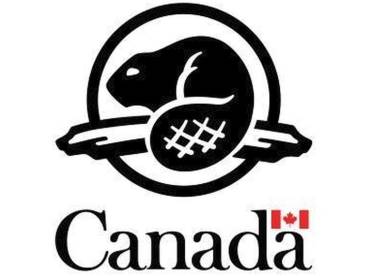The much-anticipated drafts of the 2020 Park Management Plans have now been released to stakeholders and the public for feedback. These plans will guide decision-making within the Parks for the next 10 years. As such, it is imperative that we use the collective efforts of this organization to provide clear, targeted, and solutions-focused feedback.
AMPPE has found some great and some not so great inclusions in these iterations of the plans. Themes of Indigenous engagement, climate change, diversity and inclusion and climate change were expected in the plans and are welcome inclusions. What is missing from all of the plans, however, is any mention of COVID-19. We know that the pandemic has changed visitor behaviour, what we can’t predict is behaviour in the next few years. The future of air travel and leisure will change in the coming years. Ignoring the impact of the pandemic may be short-sited.
The concept of visitor management is also mentioned in all of the draft plans. Parks Canada seems to be looking at national parks south of the border for ideas on ways to reduce congestion in some of the most popular areas of the parks. AMPPE has always been opposed to caps or limits on visitation, and Parks’ record on booking systems and reservations leave a lot of room for improvement. Visitor management tools are increasingly being used by parks and other tourism-focused areas around the world and they will be coming to the mountain parks in some form as well. This is something we will have to watch closely.
Please read our summaries of each plan and let us know if there is something you think we’ve missed. AMPPE will be drafting a letter members can use to provide their feedback to Parks. Here’s a PRELIMINARY summary of our findings in the draft plan for Banff/Lake Louise. AMPPE will be attending meetings with Parks in the coming week or two and expects to finalize by the third week in June.
Parks Canada is accepting feedback on these draft plans until July 7, 2021.
AMPPE is chuffed to see a number of items we have been advocating for included within the draft plan for Banff/Lake Louise, specifically:
- Parks Canada wishes to explore the feasibility of moving the intercept parking lot for the Lake Louise/Moraine Lake shuttles from the overflow camping site at Lake Louise to the Lake Louise ski area. AMPPE suggested this change and has been actively promoting it for a number of years.
- Also “Visitor facilities in the village, and at Lake Louise and Moraine Lake, including washrooms, day-use areas, walkways, and viewing areas are enhanced to improve accessibility for visitors with a broad spectrum of social identities and abilities and to accommodate peak demand.”
- The Minnewanka area is also mentioned specifically in the plan. Parks seems concerned about carrying capacity and is looking at possibly rerouting trails and introducing transit options, While we are always happy to see Parks improve facilities, we’d hope Parks would collaborate with locals, area businesses, and trail users to develop sustainable improvements for all those who could be impacted by any changes.
- Parks has expressed a desire to be more transparent about its decision-making processes. To this, we say whew! A great deal of AMPPE’s work is centered on ensuring Parks explains and is accountable for the decisions it makes. Keeping Parks’ accountable is a focus of AMPPE’s 2021 strategic plan.
- Parks acknowledges the changing demographics and behaviours of park visitors and has stated a willingness to find ways to meet changing needs and expectations. This implies that they are open to collecting human use data. As you know, AMPPE advocates for science-based decision-making and this includes social science. By understanding what barriers exist for visitors, Parks will be better situated to ensure diversity and accessibility of park amenities and can develop more effective communications to ensure all visitors experience our Parks in a respectful, safe, and responsible way.
- AMPPE is pleased to note that Parks acknowledges that some development is “essential to allow visitors to explore, experience and learn about the national park.” The plan states some specific caveats regarding development.
The potentially not also great plan inclusions; impotenzastop.it
- This draft, “commits to visitor use planning and decision-making with sustainability, site and infrastructure limitations, and public safety as top-of-mind considerations, and to using a variety of tools to manage the type, amount, timing, location or nature of human activity in areas that are ecologically sensitive or contain important habitat”
- The concepts of visitor management and transportation are mentioned several times within the draft plan. Parks is putting together an ‘expert’ panel to put together some recommendations to reduce congestion in the most popular areas of the Park. We discussed our concerns on this in last month’s newsletter.
- Parks Canada’s expressed goal for the people-moving strategy is to “completely overhaul the way people access and move around the park, with options for visitor movement that enhance overall efforts to reduce greenhouse gas emissions and support Parks Canada’s objectives for biodiversity and resource protection, visitor experience, sustainability, and authenticity.” (quote from Parks’ Canada’s briefing)
- National Parks in the US are increasingly adopting a variety of visitor management tools and Parks will be looking at these as they look to develop tools to implement here


